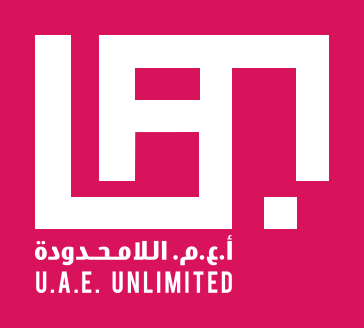How important is mentorship in the development of the next generation of Emirati and UAE based artists?
Mentorship and skill sharing is an essential part of the development of individual artists as well as the growth of a wider scene. This is true anywhere, but it is vital here, where cultural producers belong to disparate networks or work independently, never far from the risk of isolation or lack of engagement with the surrounding context. The importance of reading together, sharing texts and research, cannot be overstated. In this edition of UAE Unlimited we are very lucky to have the presence of our guest artist trio, Ramin Haerizadeh, Rokni Haerizadeh, and Hesam Rahmanian – who have been exceptionally generous with their time, their studio/residence, and their intellectual resources – and our curatorial advisor Laura Metzler, whose input, experience, and direction have been essential to the realisation of this exhibition.
What was the process of selecting artists for the exhibition?
Our primary focus is on emerging artists, which is an important part of the mandate of UAE Unlimited, which involved us drawing on our own networks, studying exhibition catalogues of graduate shows, and looking at artists who passed through developmental programmes and fellowships.
However, we were also interested in having a diversity of skill, levels of experience, and practices, which allowed for the potential for internal sharing of skills amongst the group. There was also an interest in looking at artists who had consistent and productive creative practices that may or may not exist within the traditional structure of the institutional or gallery world. Practices that engaged with or were rooted in the surrounding context were also important, and a careful consideration was taken to ensure, to the best of our abilities, fair representation of background, age, gender, and approach amongst our ten selected artists.
Is collaborative art practice particularly prevalent in the UAE? If so, why do you think that is?
No work of art is created in true isolation. Many artists do have highly individual practices, but many artists – and cultural and creative producers in general, such as designers, photographers, writers, architects, and so on – work towards highly collaborative endeavours. It must be acknowledged that many of these exist as conversations outside of public view, artists and others working, reading, and writing together and producing new approaches and works. A highly influential aspect of working with our guest artist trio is to have proximity to their intuitive, symbiotic practice, in which the creation of a work is passed from one hand to the next, a testament to their full engagement with the artistic process. This was of great benefit to our selected artists.



